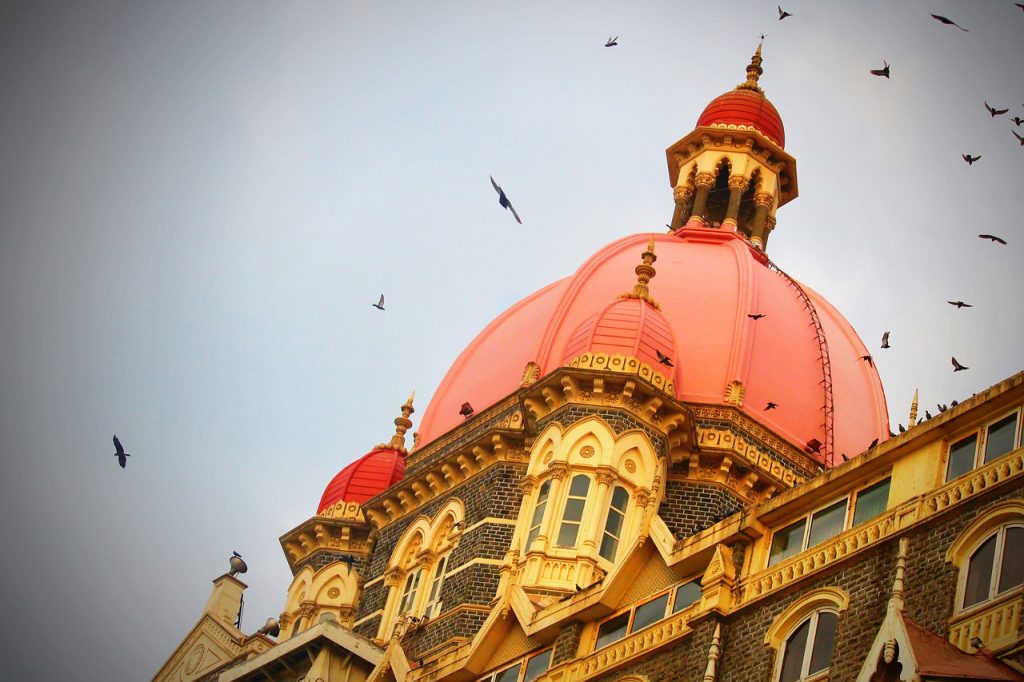India and Pakistan’s conflict over Kashmir is known to the world. It has been burning for over seven decades, resulting in wars between both nations and countless skirmishes in J&K that have claimed thousands of lives to date.
One such war, termed the Second Kashmir War, was fought in 1965. It served as a climax between many small-scale and irregular clashes between the two countries from April 1965 to September 1965.
On August 5, 1965, around 25,000 to 30,000 Pakistani soldiers, disguised as Kashmiri locals, crossed the LoC and dispersed to travel to various parts of Kashmir. The operation was termed Operation Gibraltar. But the locals quickly informed the Indian Army, and the operation turned out to be an absolute failure for Pakistan.
However, that sparked the infamous 1965 war, which continued from August 15 to September 22, 1965. On September 22, the UN Security Council passed a unanimous resolution that called for a ceasefire from both nations.
Pakistan had drained its ammunition and knew India would overpower it. So, it quickly agreed to sign the ceasefire. But India accepted the ceasefire despite solid resistance from Indian military leaders. The war ended immediately after the ceasefire. However, the area continued to remain disturbed in some or other way.
India won the war. Everyone praised the Indian Army for outperforming the Pakistani forces. However, individual military leaders faced criticism for not deploying India’s superior armed forces to accomplish a definite victory. By the end of the war, the world started referring to India as an emerging Asian power and Lal Bahadur Shastri, a national hero.
Leaders of Both Countries Meet in Tashkent, USSR
On January 4, 1966, the Soviet Union called for a peace agreement between India and Pakistan to end the conflict. The then Prime Minister of India, Lal Bahadur Shastri, and President of Pakistan, Ayub Khan, signed the Tashkent Declaration.
In the conference, they agreed to withdraw the pre-August line before February 25, 1966. It also forced both nations to restore their natural boundary and the 1949 ceasefire line in Kashmir. Aleksey Kosygin mediated the agreement.
Some of the significant conditions of the Tashkent agreement include,
- Both countries agreed to develop harmonious relations like good neighbors.
- Both countries agreed to call back their armies and restore positions as they were before August 5, 1965, and adhere to the ceasefire conditions.
- Neither country will interfere in each other’s internal affairs. Economic and diplomatic relations would be restored. Both countries will discourage publicity against each other.
The Aftermath of the Tashkent Agreement
The Tashkent Agreement met with criticism in both countries. Let’s look at its aftermath in both countries.
- India
In India, the agreement met criticism, as it did not contain a no-war pact or any renunciation of guerrilla warfare in Kashmir. Unfortunately, Lal Bahadur Shastri died in Tashkent the next day after signing the agreement.
The unrest that brewed after the agreement fizzled out after Shastriji’s death. Instead, it generated sympathy towards the Congress.
- Pakistan
For Pakistanis, the agreement proved to be shocking news. It culminated in a massive outcry against Ayub Khan’s leadership in Pakistan. Student riots broke out in the country. A series of events then led to Khan’s resignation, who invited Yahya Khan, the army chief general, to take over the central Government.
Immediate Death of Lal Bahadur Shastri
The Tashkent Agreement was signed on January 10, 1966, important in India’s political history. However, one cannot talk about the agreement without the mention of Shastriji’s death. His death, which was an immediate incident after the agreement, was a severe blow to India. There have been several theories revolving around Shastriji’s death in Tashkent immediately after signing the agreement. While some believe it was a fatal heart attack, some consider it a conspiracy.
The Indian Government refused to declassify a report on his death, citing reasons that it may harm foreign relations, lead to disruptions in the country, and a breach of parliamentary privileges.
Nevertheless, his death remains a mystery even after five and half decades!
Sources –



